10 Lesser Known Facts About Bald Eagle
The bald eagle is a bird of prey that is mainly found in North America. Bald eagle is a feeder which includes mainly fish; it s...
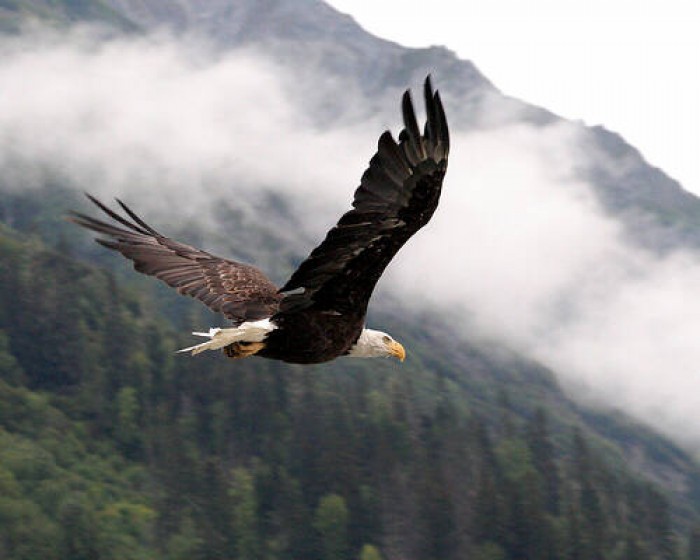
The bald eagle is a bird of prey that is mainly found in North America. Bald eagle is a feeder which includes mainly fish; it swoops down and snatches the fish from water with its talons. As the name suggests bald eagle are not exactly ‘bald’ but they are white headed.
The beak of the bald eagle is large and hooked. Interestingly, the bald eagle is both national animal and national bird of the USA. In 2007, the bald eagle was removed from threatened species list kept by the US fish and wildlife service.
Here are some more interesting facts about the bald eagle:
1. They are actually not bald

Their heads have pure white plumage that differs with their dark body feathers, giving them bald look. The adult bald eagle is mainly brown with white tail and head. The sexes in bald eagles are identical in plumage, but female sexes are about 30% larger than males.
2. They Eat Stolen Food
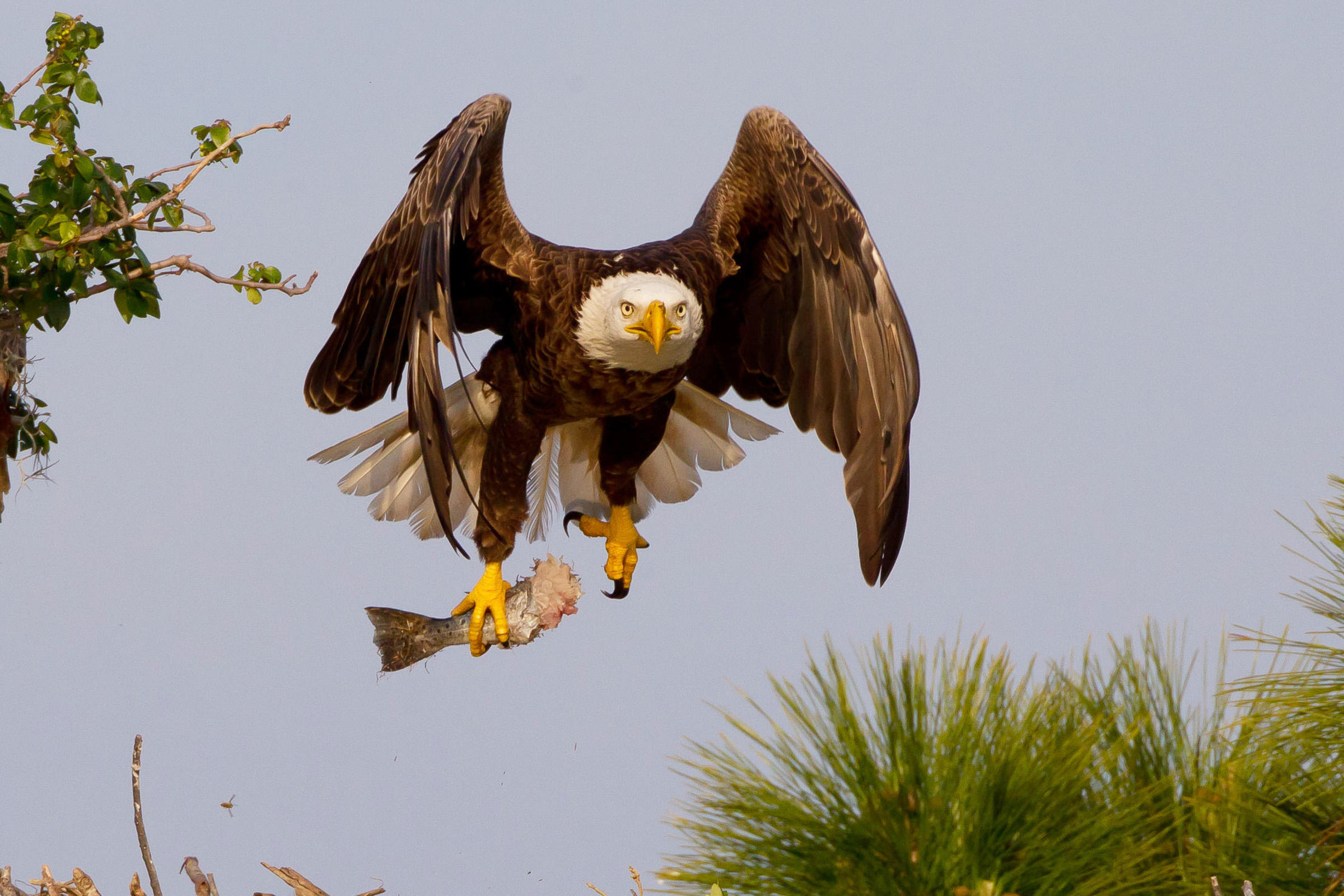
The bald eagle is actually not picky about how it gets its food. It will steal fish from other birds, will eat carrion or hunt for its own. They eat lots of fish, they don’t always catch its own but they are mastered in the art of stealing fish from other birds such as by chasing them down until they drop their prey etc. They can also snack on amphibians, ducks, rabbits and more.
3. They are Romantic Birds
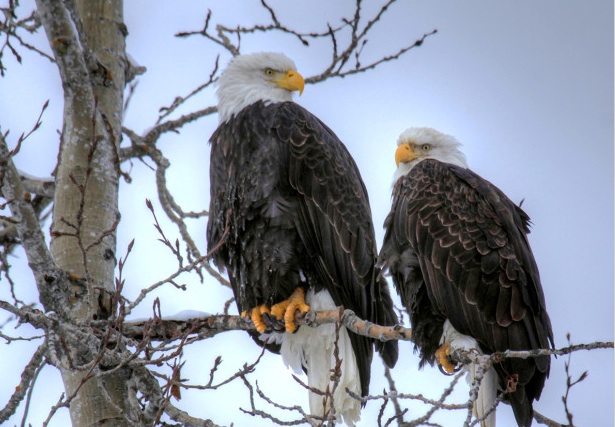
They are usually found in pair, they even share their parenting duties. The bald eagle pair produces up to three eggs a year. The female bald eagle incubates the eggs while other searches for food or other nesting materials.
4. They have long life
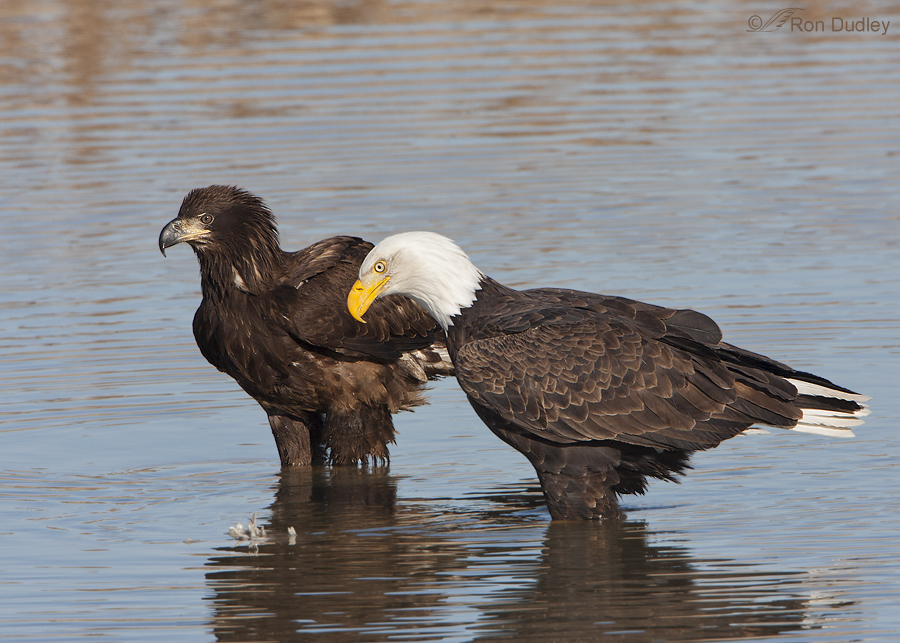
The average lifespan of the bald eagle is nearly about 20 years, with the oldest having a record of dying at the age of 38. Considering that these bald eagles pair up at the age 4 or 5. The age of the eagle appears to be influenced by its access to prey and location.
5. Record of Largest Bird’s Nest
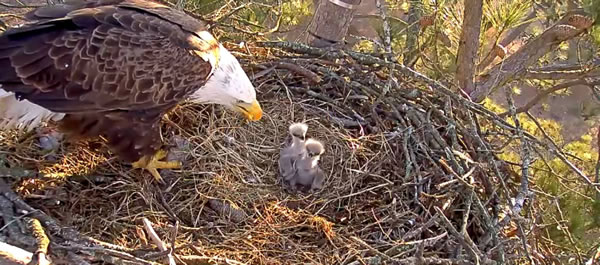
The bald eagle has record of building the largest bird nest. The male and female bald eagle works together on the nest and this quality time frame their lifelong bond. If the nest serves them well during the breeding season they continue using the nest year after year.
Bald eagle nests are generally 3-4 ft deep and 4-5 feet wide. But one pair of bald eagle created the record for largest birds nest; 20 feet deep and 9.5 feet wide. (5.1)
6. Identify them with their wings
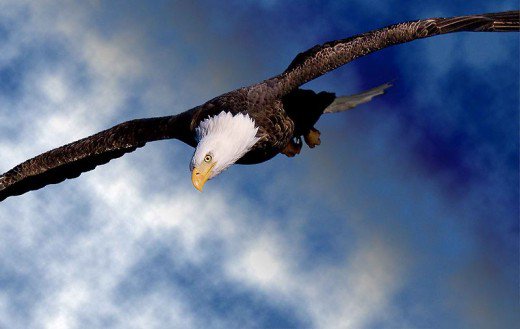
People often got confused between the eagle and vulture. Here’s an identification guide to pick the difference between the two. Bald eagles usually hold their wings flat while vultures hold its wings up in a V shape.
7. Bald eagles are Daredevils

Sounds weird but true! Bald eagles sometimes grab each other’s feet and spin while flying down to the Earth. Usually, the pair separates before hitting the ground, but sometimes they hold tight and don’t let them go.
8. They can see with their eyes close
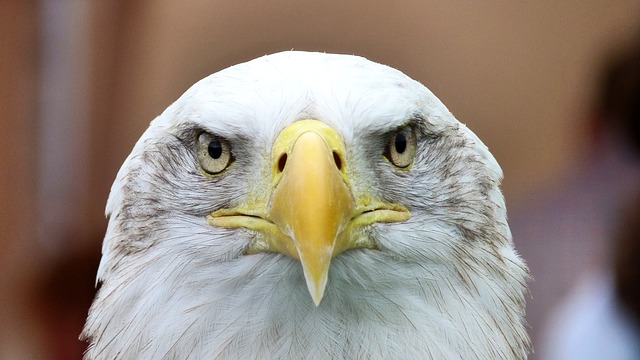
Yes, this is the most amazing fact about bald eagles. They can see through eyelid called a nictitating membrane. They close this membrane to save their eyes while their eyelids remain open, isn’t it strange? They can even see the ultraviolet light. Keeping both the things in mind, one can say their eyes are spot on.
9. Bald Eagles can Swim as well
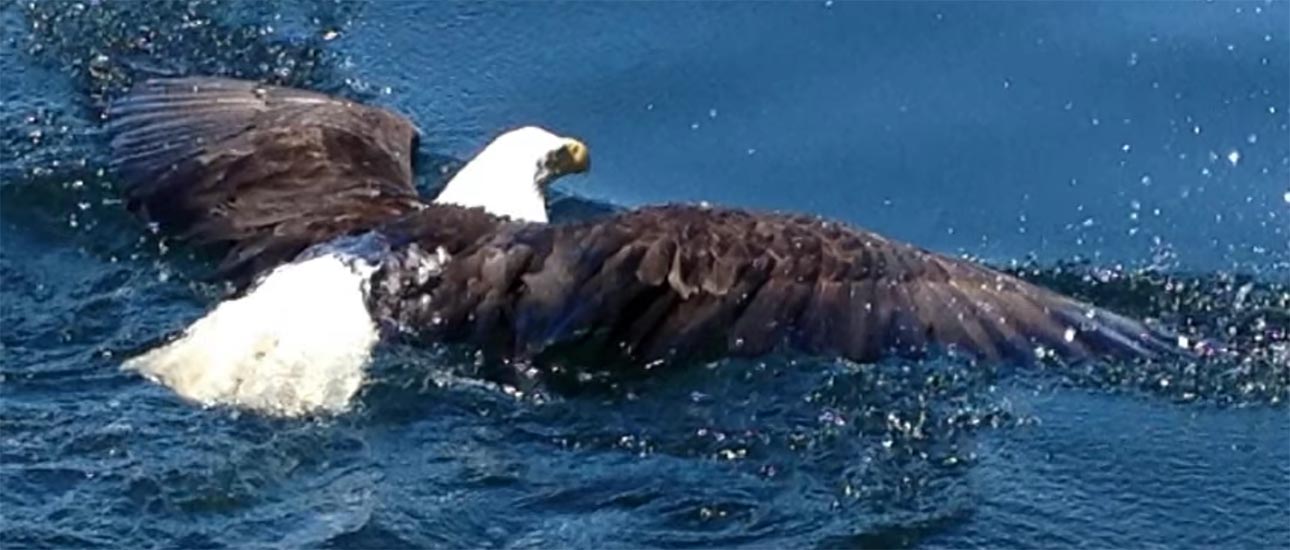
Bald eagles have hollow bones so that they can easily float in water as well. Sometimes, an eagle swoops down and grabs a weighty fish then paddle it to the extent to eat.
10. They can climb up to 10,000 ft in the air

Flying bald eagles can reach upto 300m in the air. Besides this, if their water sources freezes, these eagles can also use thermal currents to move in the water. (10.1)
Popular Posts
10 Biggest Water Dinosaurs & Sea Monsters Ever Found in Archaeology
The present-day ocean is certainly a scary place where giant sharks, whales, squids, barracuda, and numerous other marine creatures live.
Kimberly Campbell
6 Amazing Things We Should Learn From Camel Feet
Camels are a kind of mammals with the humped back, long legs, and lipped snout. They were domesticated nearly 3000 years ago are still used for transportation.
Kimberly Campbell
80 Most Popular Long Neck Dinosaurs Ever Recorded in History
Do you know the largest creatures ever walk on the earth were the long tailed and long neck dinosaurs which were called as Sauropods?
Kevin Green








